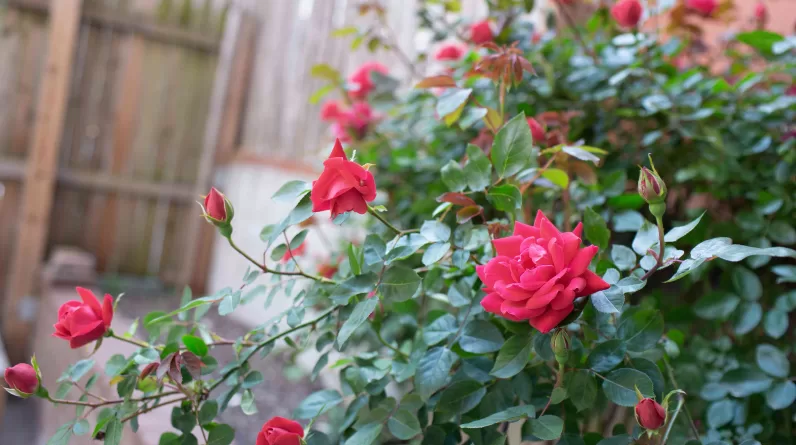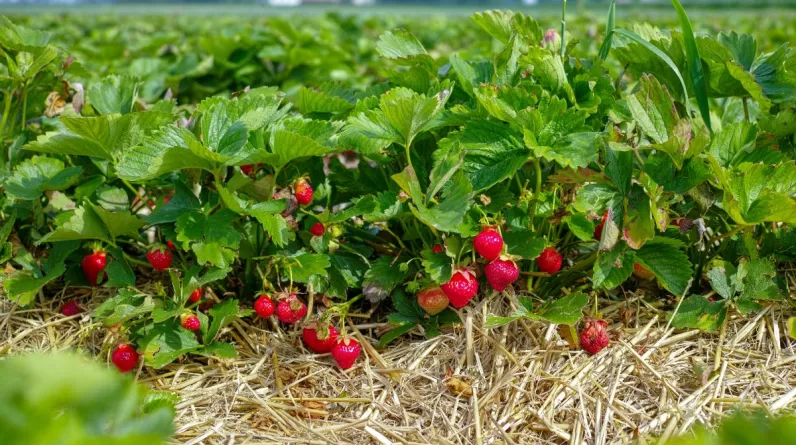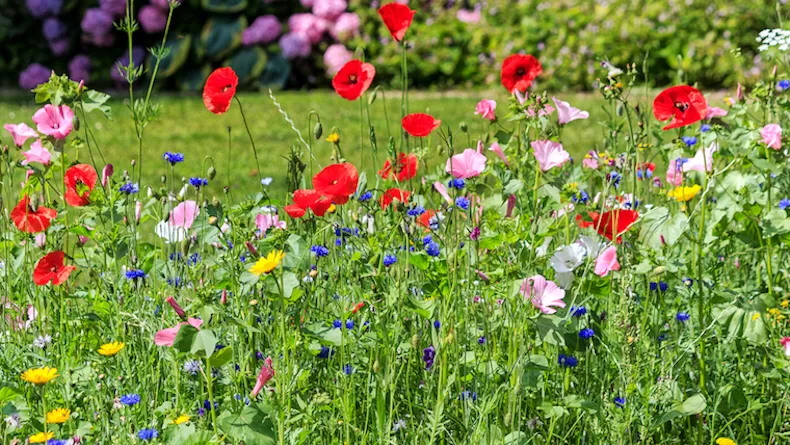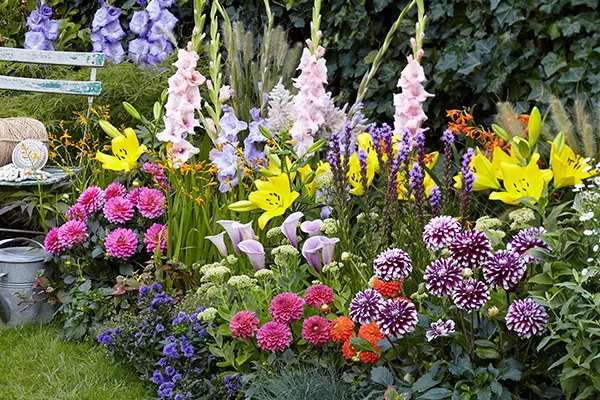What a joy to see a beautiful butterfly flying in the garden. Time stops and the whole family stops to contemplate it. The show is magical. How can we successfully attract pollinating insects and attract them to our garden regularly? You just need to first opt for honey plants.
What is a honey plant?
Also called “nectar plants”, honey plants contain a large quantity of nectar and pollen. It is the main food source for pollinating insects such as butterflies, bees, bumblebees, and hoverflies.
Some plant species do not produce nectar, such as poppies for example. However, they produce a lot of pollen, so they are often visited by bees. Others are an excellent source of nectar. This is the case for lobelia, columbine, and monarda which greatly attract hummingbirds.
Be aware that perennials generally produce more nectar than annuals. This does not mean not considering them. The best is to promote biodiversity by arranging your garden with different types of plants: annuals, perennials, shrubs, climbing plants, aromatic plants, etc. The work of pollinating insects is essential. Pollination not only helps beautify your garden but also helps increase flower and fruit production. To the great joy of all gardeners!
5 essential honey plants to add to the garden
Butterfly bush
Small shrub with very fragrant spike flowers that attract butterflies. With its dazzling and prolonged flowering, the butterfly bush will certainly steal the show in your landscaping! Do not hesitate to prune faded flowers to prolong their flowering.
Milkweed
The flower par excellence to attract the monarch. Its beautiful little star-shaped flowers contain lots of nectar. The adult butterflies come to lay eggs there so that the young caterpillars can adequately feed themselves.
Aster
The aster stands out for its bright and late flowering which lasts from the end of July until autumn. The shallow corolla of its flowers helps attract and feed pollinators at the end of the season.
Echinacea
With its exposed center (rounded dome), echinacea is by far the best variety for pollinators. It becomes easier for them to extract the abundant nectar.
Lantana
Lantana is particularly attractive to pollinators with its sweet scent, bright colors, and flowering that lasts all summer. Its tubular flowers are a favorite of butterflies. They love to sit there to sip their sweet and abundant nectar.
Even more tips for attracting pollinators
Arrange insect hotels
In urban environments, insects generally have very few places to breed. The aim of these hotels is therefore to offer them a peaceful space in which to shelter.
Install butterfly drinkers
Water is also an element to include in the garden. Have you ever thought about creating butterfly waterers? It’s simple: use a rigid plate with small edges and add a few small stones.
Ensure spread flowering
Choose plants that bloom in spring, summer, and fall and with different flowering times. This allows foragers to find something to survive throughout the season.
Include single-flowered cultivars
Single flowers have a single tier of petals and the yellow stamens are usually more visible. Be aware that nectar and pollen are often produced in less quantity or are less accessible to pollinators in cultivars with double or triple flowers such as peonies, roses, and carnations.
Promote Variety
Don’t hesitate to choose flowers with different colors, shapes, and scents. This will attract a wider variety of pollinators. Also, encourage planting in beds because a large quantity of flowers represents an interesting food source for them.
Incorporate fine herbs
Let herbs such as dill, chives, coriander, fennel, lavender, lemon balm, mint, oregano, parsley, sage and thyme bloom. Pollinators will be delighted.













